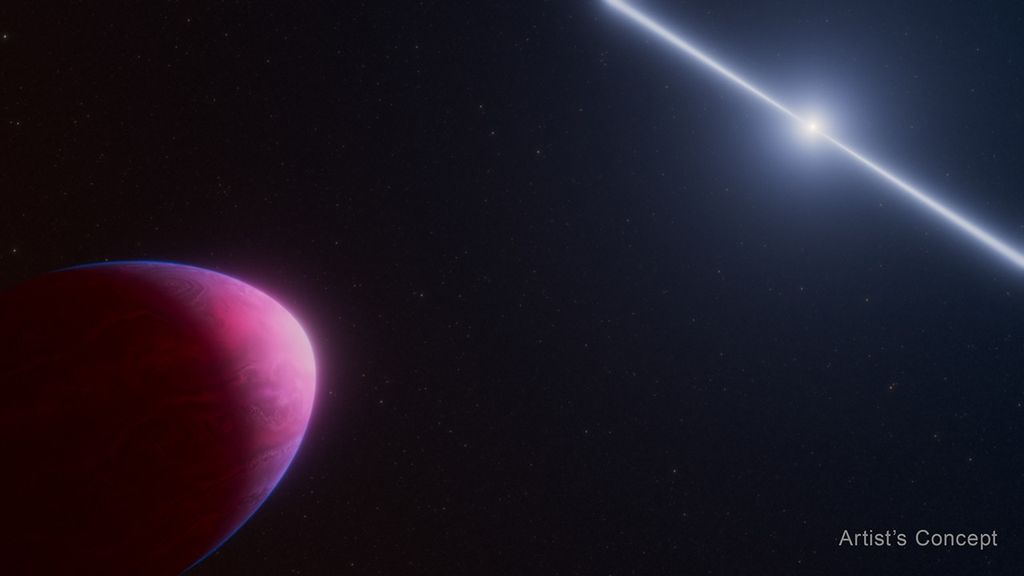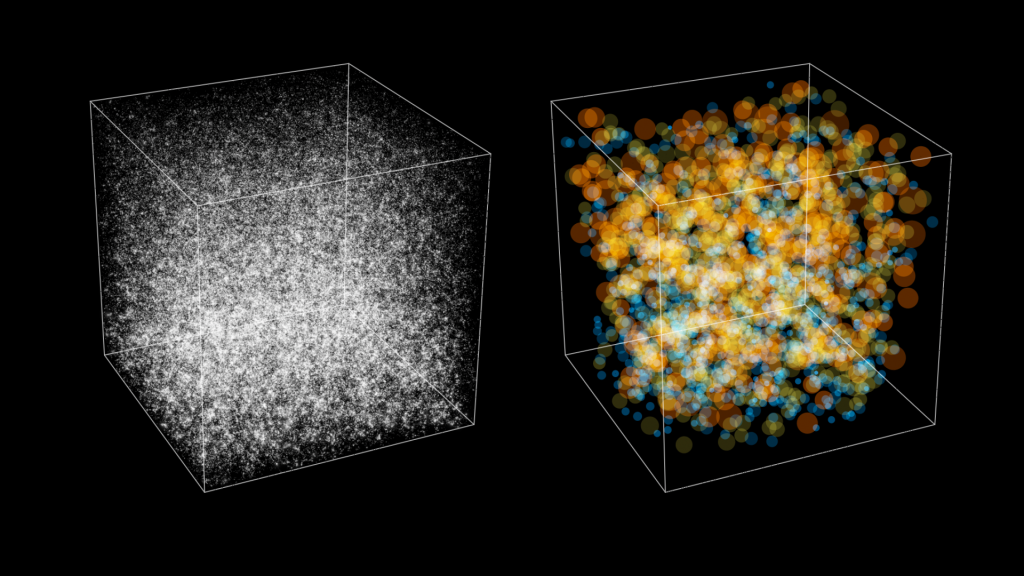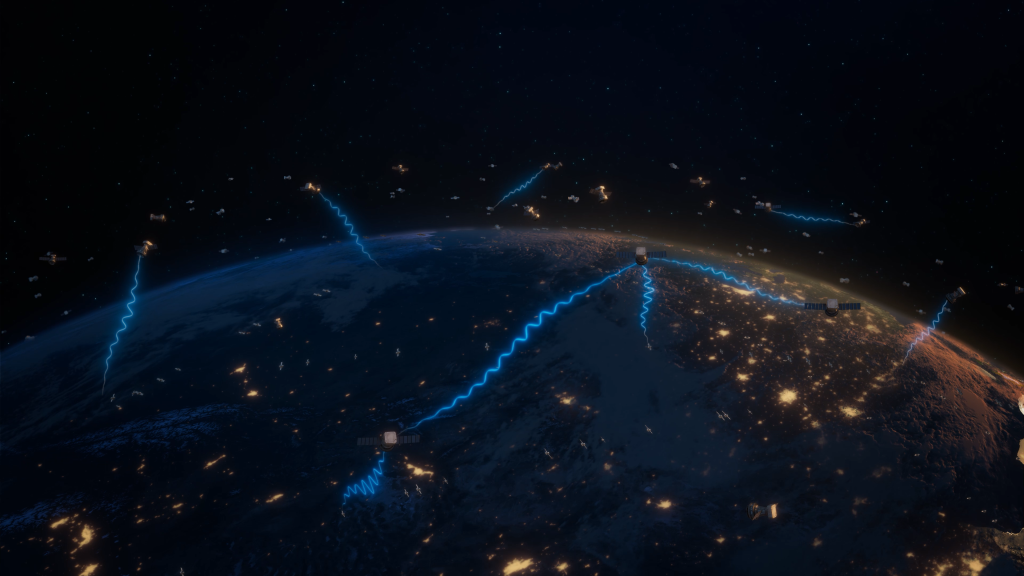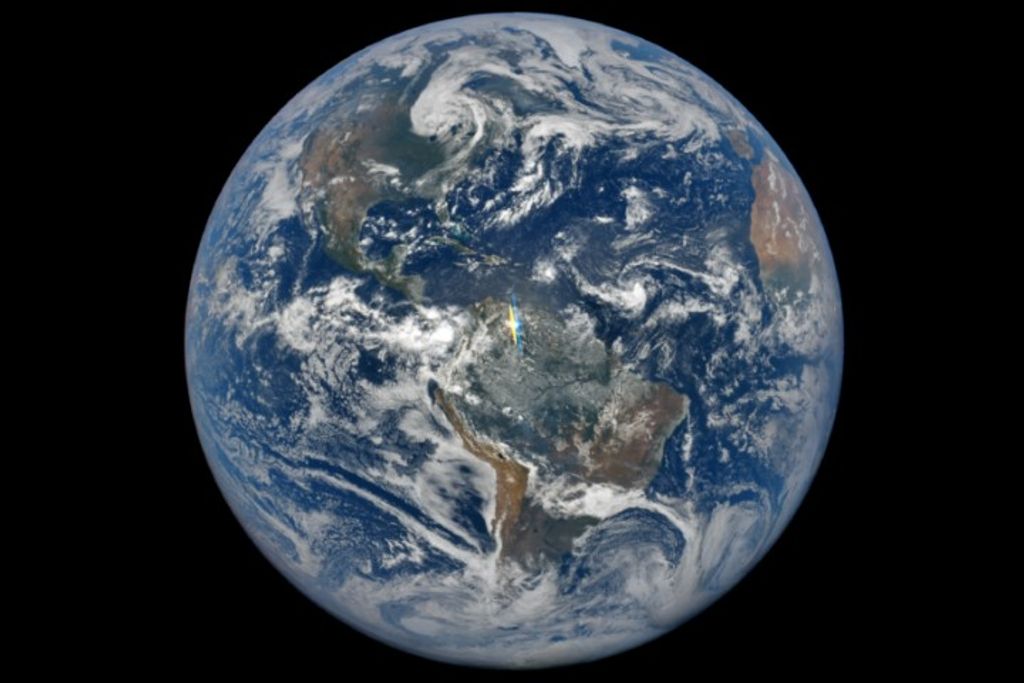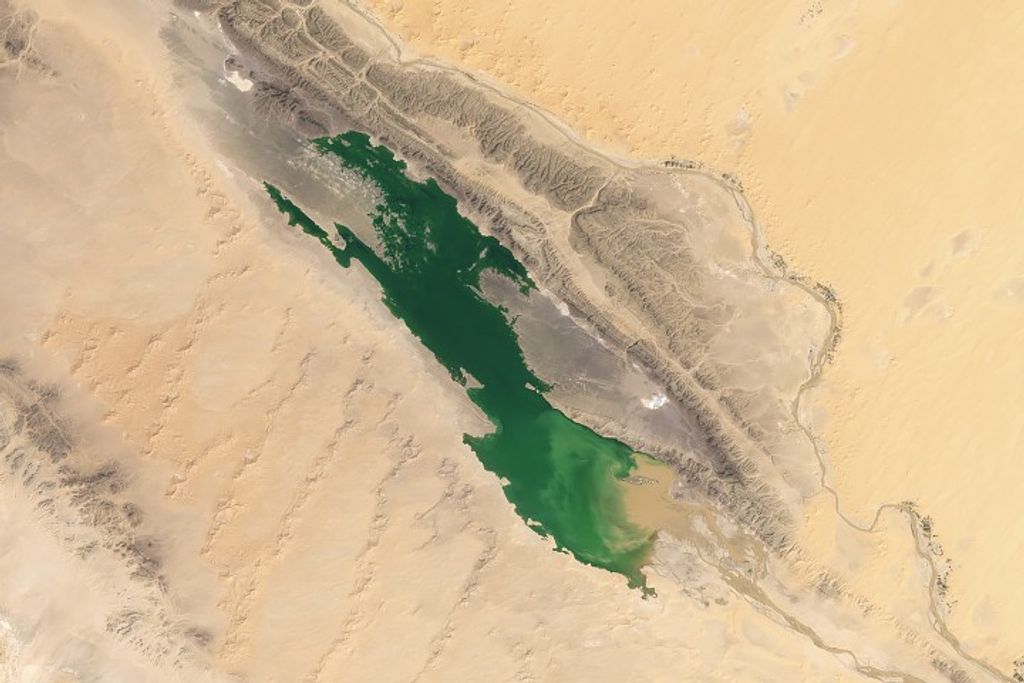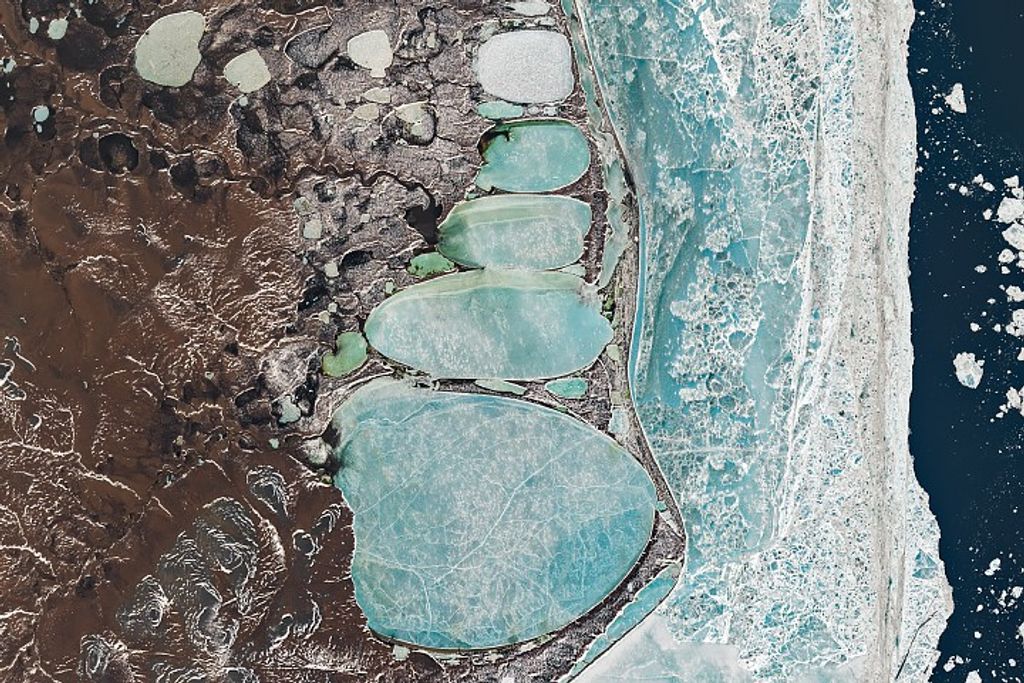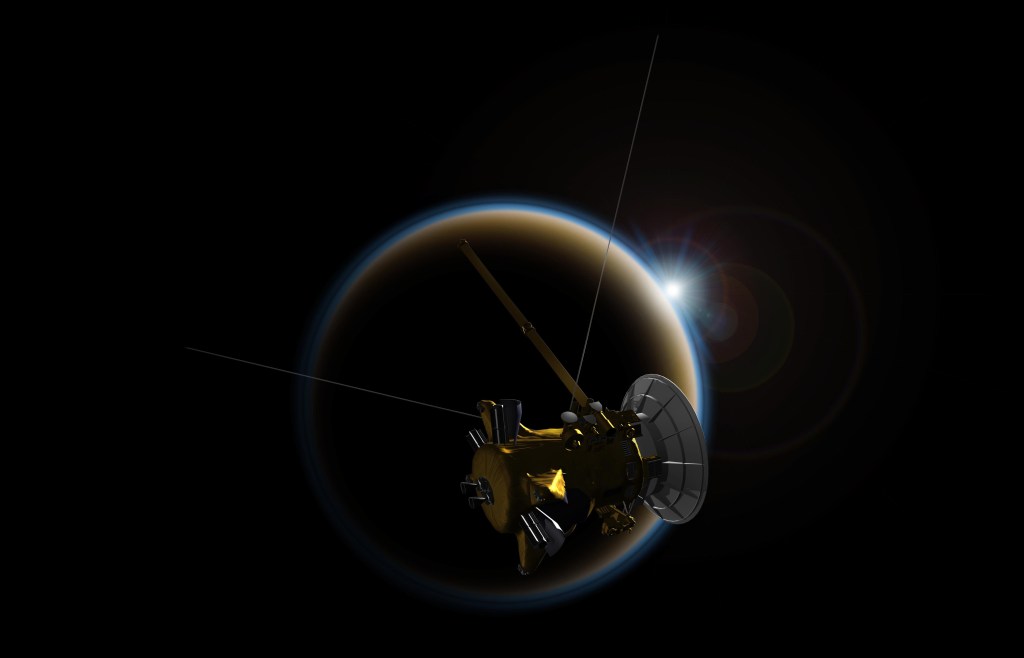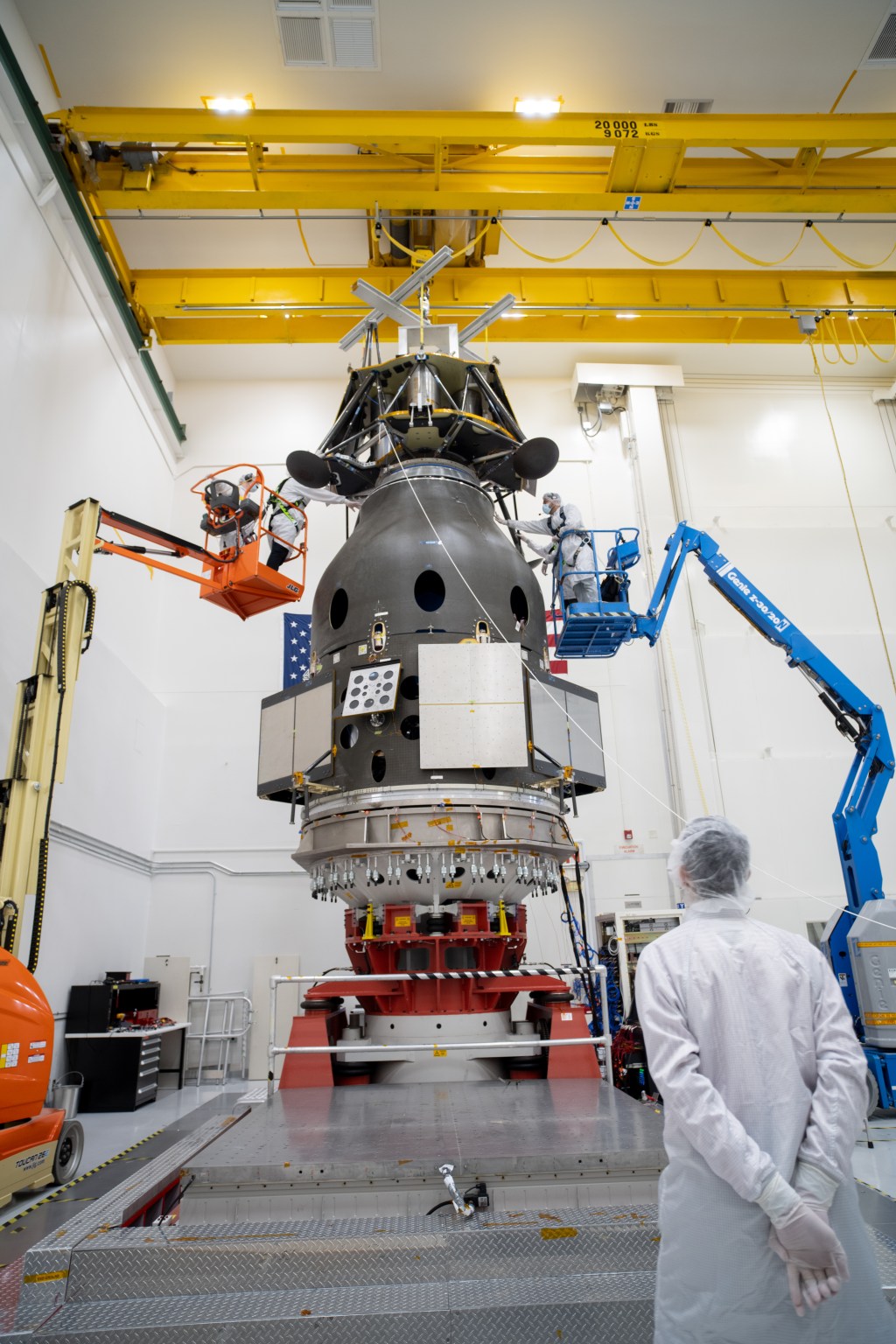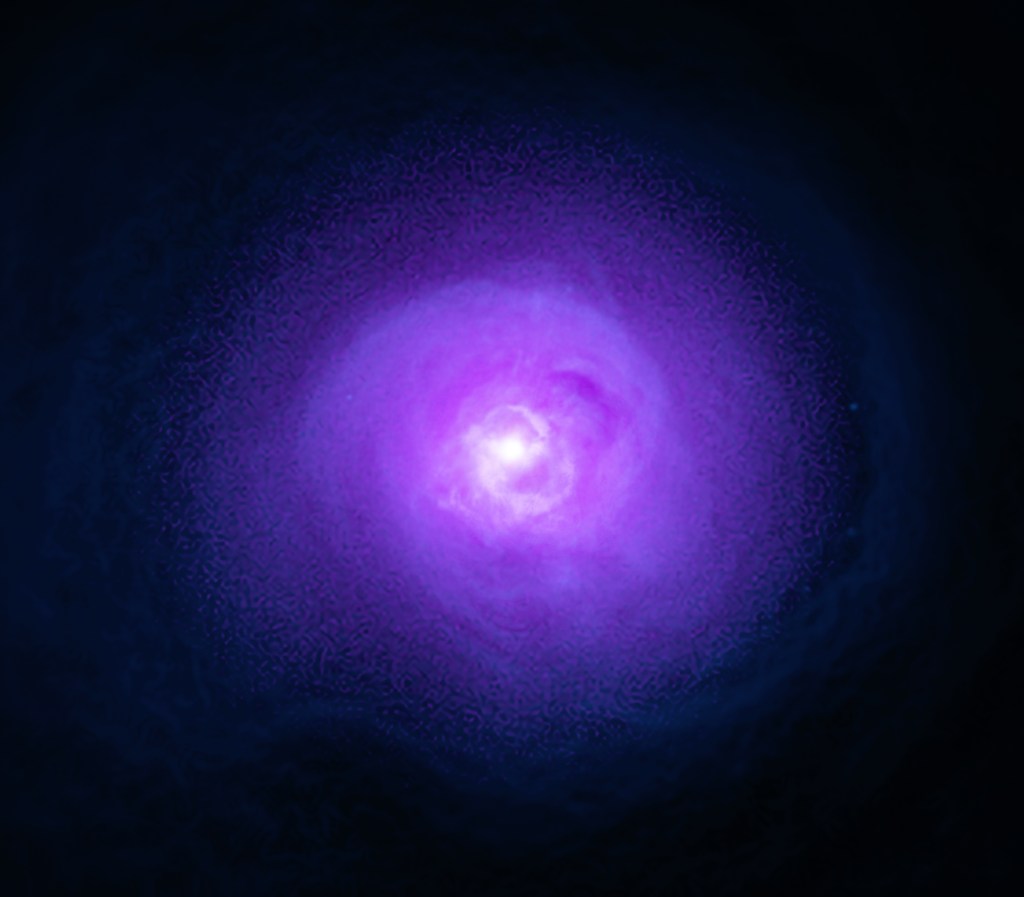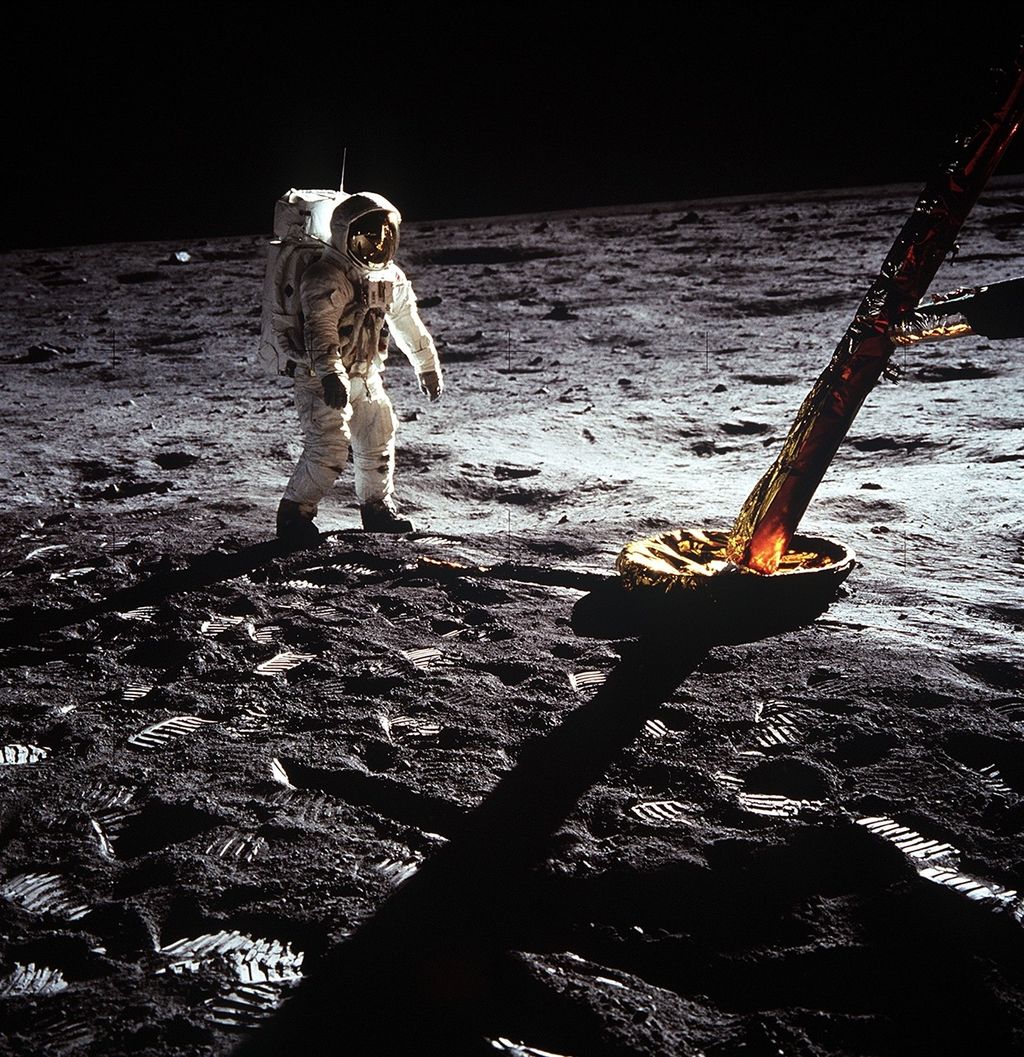1 min read
STIS Chemically Analyzes the Ring Around Supernova 1987a

These images from the Hubble's Space Telescope Imaging Spectrograph (STIS) provide a new and unprecedented look at one of the most unique and complex structures in the universe – a light-year wide ring of glowing gas around supernova 1987A, the nearest stellar explosion in 400 years, which occurred in February 1987.
The STIS long-slit spectrograph viewed the entire ring system, dissecting its light and producing a detailed image of the ring in each of its component colors. Each color represents light from specific elements in the ring's gasses, including oxygen (single green ring), nitrogen and hydrogen (triple orange rings), and sulfur (double red rings).
The ratio of the ring's brightness in different colors, emanating from the same elements, gives a measure of the concentration of the gasses. The light from different elements also identifies gasses at different temperatures.
By dismantling the ring into its different puzzle pieces – its component elements – astronomers hope to put together a picture of stellar process and physics which created the ring.
The ring formed 30,000 years before the star exploded and so is a fossil record of the final stages of the star's existence. The light from the supernova heated the gas in the ring so that it now glows at temperatures from 5,000 to 25,000 degrees Kelvin.
Supernova 1987A is located 167,000 light-years away from Earth in the Large Magellanic Cloud.
About the Object
- R.A. PositionR.A. PositionRight ascension – analogous to longitude – is one component of an object's position.05h 35m 28.25s
- Dec. PositionDec. PositionDeclination – analogous to latitude – is one component of an object's position.-69° 16' 13.0"
- Object NameObject NameA name or catalog number that astronomers use to identify an astronomical object.SN 1987A
- Release DateMay 12, 1997
- Science ReleaseHubble Chemically Analyzes the Ring around Supernova 1987A
- Credit
Share
Details
Claire Andreoli
NASA’s Goddard Space Flight Center
Greenbelt, Maryland
claire.andreoli@nasa.gov


